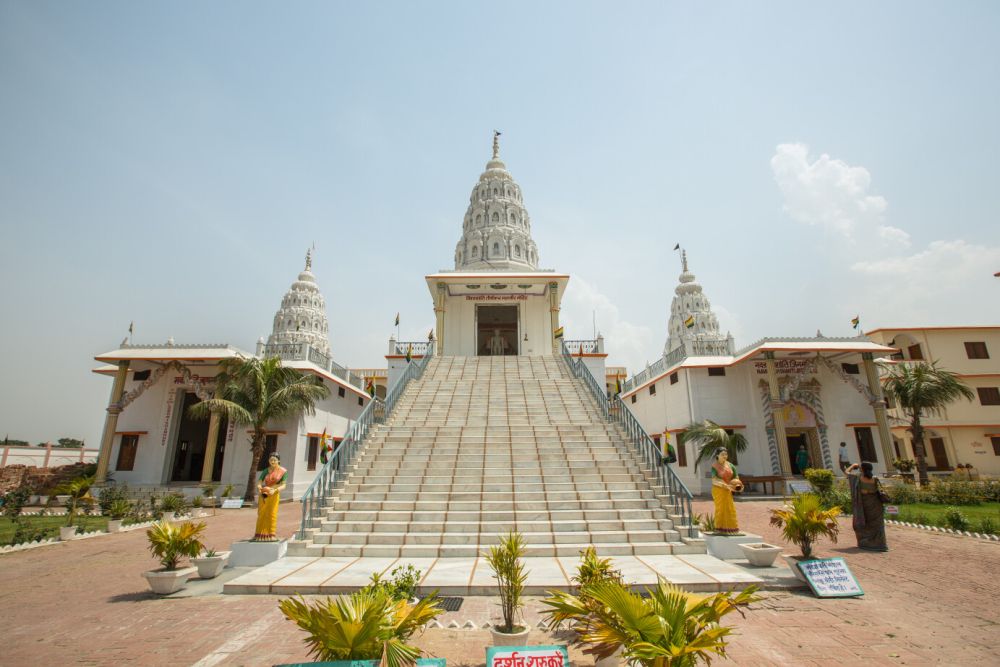

The Kundalpur Digambar Jain Temple in Nalanda, Bihar, is a significant site of religious importance for the Jain community and is deeply intertwined with the history of Jainism and Indian culture. Dedicated to Lord Mahavira, the 24th and last Tirthankara of the Jains, the temple stands in Kundalpur, believed to be the birthplace of Lord Mahavira, making it a pilgrimage site of great reverence.
The history of tourism at Kundalpur can be traced back to the times when Jainism was flourishing in this region. The ancient town of Nalanda was once a hub of learning and culture, housing the famous Nalanda University, which attracted scholars from all over the world. Although the temple's exact origins are not clearly documented, it is well-established that Kundalpur has been a pilgrimage destination for centuries.
Remarkably, the temple has survived through significant historical events, including the downfall of the Nalanda University and the subsequent Muslim invasions which led to declines in Buddhist and Jain religious practices in the area. Despite such turmoil, the faith and devotion of Jain monks and laypersons have preserved the sanctity and importance of Kundalpur.
In recent decades, the Bihar government and Jain organizations have put significant efforts into developing Kundalpur as a major religious tourist destination. The construction of new temples and renovation of old structures has been a part of this initiative. Furthermore, the Bihar state tourism has actively promoted Kundalpur in their tourism campaigns, drawing attention from pilgrims and tourists alike.
The annual celebration of Mahavir Jayanti (Lord Mahavira's birth anniversary) sees a massive influx of pilgrims from across the country and even internationally. This event significantly contributes to the region's tourism industry and emphasizes Kundalpur's importance in the Jain religious circuit.
In line with the digital revolution and the push for sustainable tourism practices, modern trends in the sector have started seeping into Kundalpur's tourism landscape. The Bihar government, in collaboration with various tourism departments, has increasingly focused on providing better facilities for tourists, such as e-ticketing for major events, digital information kiosks, and improved lodging and transportation services.
Moreover, there is a growing trend in promoting experiential tourism, where visitors not only explore the temple grounds but also engage with the local culture and traditions, partake in community ceremonies, and learn about the deep-rooted philosophies of Jainism.
Sustainable tourism practices are being gradually implemented, aiming to preserve the sanctity and natural beauty of Kundalpur while facilitating tourism growth. Initiatives include waste management campaigns, tree plantation drives, and the encouragement of eco-friendly modes of transportation.
In summary, the Kundalpur Digambar Jain Temple has a rich historical importance that has contributed significantly to its status as a center for pilgrimage and tourism. The combination of ancient heritage with contemporary tourism trends ensures that Kundalpur remains a vibrant and sought-after destination for spiritual seekers and cultural enthusiasts alike.